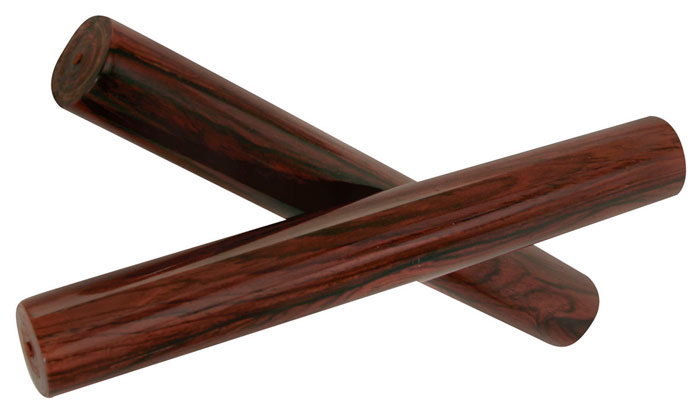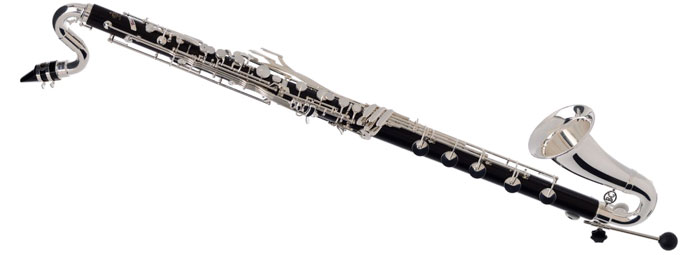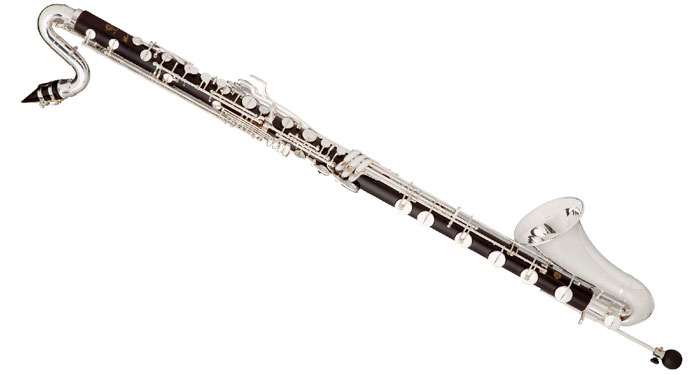Low C Bass Clarinets – Buffet vs Selmer
27th September 2018The Bass Clarinet is quite simply a majestic instrument in many ways. If you’ve never seen a low C professional model it’s a piece of engineering and natural beauty. The elegant grenadilla joints filled with keywork make it look mesmerisingly complicated! However, with patience and practice the Bass can be a very expressive and versatile instrument in Orchestral and Jazz situations.
Whilst there are a few options in the market, including Yamaha and Uebel, the main choice for most players looking for a low C comes down to Buffet vs Selmer. We wanted to take a quick look at some of the models and differences with this blog…
How Much?!
Let’s get the elephant in the room dealt with first…these instruments are NOT cheap – you’re going to be the ‘wrong’ side of £8,000 if you’re considering one of the following three options (Buffet Prestige, Buffet Tosca or Selmer Privilege). So why do they cost so much??
Materials: The quality of the wood used on these top models is extremely high. Not only is it selected from the finest cuts and the purest sources, but it also has to be without imperfections. It also has to make the correct ‘grade’ across a huge surface area with such long joint sections. This is just the wood, let alone the pads, which are commonly gore-tex or white leather. Of course all the keywork is also far more complicated than on a standard Bb or A clarinet.

Grenadilla Wood
Manufacturing: No instruments are made from start to finish by one person. When we talk about the time to make instruments it’s a combination of separate functions in the factory that add up to a finished article. In the case of a Bass Clarinet you have the following steps, to name just a few:
- Initial wood selection and treatment
- Turning and machining of wood in various stages to shape joints
- Placement (design) and machining of tone hole positions (part machine, part hand)
- Internal shaping of bore steps/cones throughout the joints (multi-step turning process by hand)
- The multiple stages of key design and production (this is one of the most expensive and time heavy aspects)
- Key finishing and plating
- Fitting and assembly
- Testing
This is an extremely cut-down list of what goes into making a Bass Clarinet but each point above takes multiple hours. So, it’s safe to say it takes a combined period of days to produce one Bass Clarinet. In addition to the time element it’s also a fact that only the more experienced technicians are allowed to work on these premium models and their experience is really priceless.
People:
Different people are involved at various stages. From artist liaison to design and development, factory production, assembly, testing, sales and logistics and so-on…you get the picture! Many of the people involved in the design and production especially need to be highly skilled and experienced to make such complicated musical instruments.
All of the above costs money but adds value – but you can start to see that these instruments take time and are made of very expensive (and moderately rare) materials.
The Different Models
We’re going to concentrate on the 3 main models at this price point and quality level. The Buffet Prestige, Buffet Tosca and Selmer Privilege. There is no ‘better or worse’ as players will make their own choices based on tone and feel, so always beware of someone who tells you otherwise!
1. Buffet Prestige to low C
For many this is the benchmark for Low C models. The Prestige has the classic Buffet ease of play, combined with decent ergonomics and keywork layout which make this Bass a very solid bet.
The instrument comes with metal capped tenon joints to help give solidity and rigidity to both the construction and the sound. There is also the resonance hole in the bell to help the low notes (C in particular) speak more clearly. The instrument has a clean and even sound from the top range down to the low C. This is helped in part by Buffets selected use of white leather and cork pads.
Prestige Bass Demo (Video)
2. Buffet Tosca to low C
Released in 2014 the Tosca Bass was designed to (a) compliment the existing Tosca range of Bb-A and also (b) take care of some little nuances that players seeked improvement upon.
The most obvious visual difference is in the keywork. The Tosca keywork is more sculpted and rounded than the slightly more angular feel of the Prestige. This doesn’t necessarily make it ‘better’ so to speak but they do sit slightly differently under the hands and we’d advise feeling that difference if possible.
Amongst some of the technical changes the one that makes the most difference is the newly designed octave mechanism. Essentially there is now an extra vent hole opened when you play the throat Bb. This helps ‘clean up’ that note in terms of clarity, pitch and tone. Here’s a brief video demonstrating the technical difference…
Tosca Octave Design vs Prestige (Video)
Alongside this octave mechanism difference there are a few other minor technical tweaks of note:
- Improved right hand ergonomics, including a roller on low C to low C# >>> allows easier trills
- Rubber ‘landing pads’ added to body under keywork >>> reduces key noise and vibration
- Adjustable speaker key on neck >>> screw allows quick and easy regulation if key not seating
- Two low Eb key alternatives >>> can play on right hand pinky or left hand thumb
Of course the other main difference between the Tosca and Prestige is in the bore shaping. Here Buffet have gone back to previous models (pre-1998) to get inspiration. They have mixed vintage with the new Tosca bore principal – which is also present on their Bb & A models. Essentially the Tosca is closer to the R13 side of the family whereas the Prestige Bass is really an RC style. What this means in reality is that they have different characteristics of tone which are hard to articulate in words! You could say the Tosca is slightly more expressive, open and lively but all can vary on the player, mouthpiece and how you interpret tone.
3. Selmer Privilege to low C
Until the Tosca arrived the Privilege was the most expensive mainstream low C Bass Clarinet on the market. It rather turned around the perception of Selmer Bass models in our minds and with many players. From the mid-late 1990’s until the late 2000’s when the Privilege arrived, the Selmer Bass models had arguably been a little ‘ponderous’ in feel and sound. The keywork in particular felt heavy and a little cumbersome and so the arrival of the Privilege was greatly appreciated. Suddenly Selmer was ‘back in action’ on Bass Clarinets.
So, how does the Selmer differ to the Buffets? Keywork wise (in terms of pure spec, not feel) the Privilege is closest to the Tosca. It has a mechanism to clean up the throat Bb and shares many other features. However, the Privilege keywork does ‘feel’ different, again not better or worse, but the layout, weighting and response are all varied compared to the Buffet designs. Depending on your hand shape and size you may prefer one over the other. Again, it’s about testing them back to back wherever possible.
Tonally the Selmer arguably has a thicker, richer tone but again this is a little subjective. There’s a density in the lower register especially that makes it feel authoritative and weighty, this may or may not be what you’re looking for.
In Summary
These 3 models represent the ‘best of the best’ when it comes to low C Bass Clarinets. Each has it’s own tonal voice and feel based on the design principles. It’s impossible and frankly invalid to say “This one is the best” as we all look for differences in sound and layout that suit our own feel and preferences.
We try and keep all models in stock for customers to test in our testing rooms here at Dawkes. We can prepare them for you in your own spacious testing environment and get used to the differences and work out which would be best for you. Sometimes stock is a challenge as so few of these are produced, but if you contact us we can discuss what’s available with you at the time and help you find your perfect Bass Clarinet!
Check out our full range of Bass Clarinets including models to low Eb (ideal for students) and professional wooden models down to low C.


